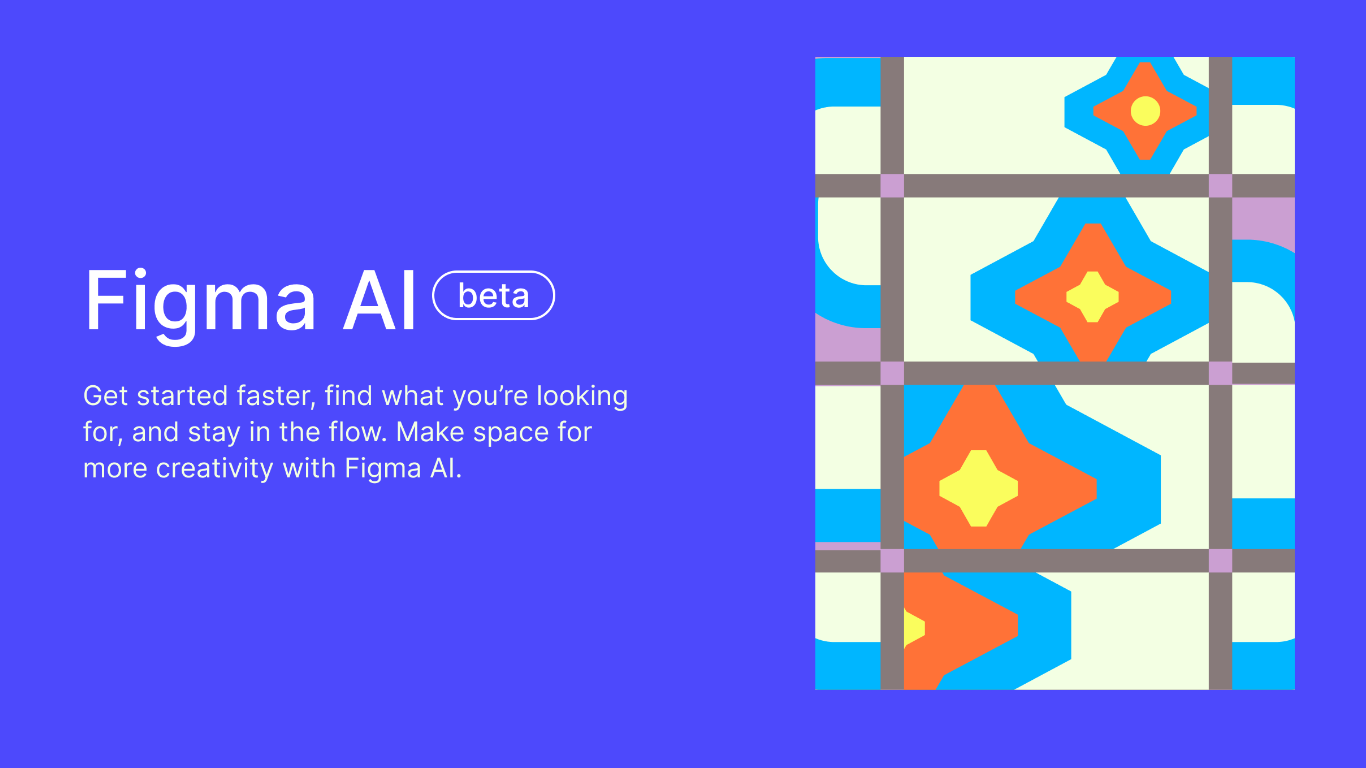Figma AI
Figma AI is a suite of intelligent tools integrated into the Figma platform designed to enhance creativity and streamline design workflows. It supports users in generating prototypes, automating routine tasks, and producing content directly within design files. The tool is aimed at designers, developers, and product teams who want to accelerate their creative process without leaving the Figma environment.
The platform allows users to prompt prototypes, add interactive elements to websites without coding, and connect design context to AI coding tools like VS Code and Cursor. This integration helps bridge the gap between design and development by speeding up the design-to-code workflow. Figma AI also automates repetitive tasks such as renaming layers, generating and replacing text content, removing image backgrounds, and rewriting or translating copy within designs.
Figma AI leverages third-party AI models, including OpenAI’s GPT-image-1 and Google Gemini, to generate and edit visuals. Some features are fine-tuned with data from public community files to better understand design concepts. The platform emphasizes data privacy by de-identifying and redacting sensitive information during model training, and admins have control over content sharing settings.
Unique to Figma AI is its ability to integrate AI-powered features across multiple Figma products, such as Figma Make for prompt-based web app creation, Code Layers for adding animations and interactions without coding, and FigJam AI for turning complex ideas into diagrams and automating feedback sorting. This breadth of AI capabilities supports users from initial concept to final product delivery.
Technically, Figma AI connects design context to agentic coding tools through the Figma MCP server, enabling AI coding agents to generate code aligned with design components and systems. The platform also offers AI credits shared across features to manage usage.
Overall, Figma AI stands out by embedding AI deeply into a collaborative design environment, enabling teams to explore ideas freely, automate mundane tasks, and maintain creative flow without switching tools. Its combination of design, prototyping, coding, and collaboration features makes it a comprehensive solution for modern product teams.
🖌️ Generate and edit visuals: Create new images or customize existing ones using AI to enhance your designs quickly.
🔄 Automate routine tasks: Rename layers and organize files with a single click to keep projects tidy and save time.
🌐 Add interactivity without coding: Use Code Layers to add animations, text effects, and interactions by simply typing prompts.
🔍 Integrate design context with coding tools: Connect Figma designs to AI coding assistants like VS Code for faster design-to-code workflows.
🗂️ Summarize and organize feedback: FigJam AI turns complex ideas into diagrams and sorts feedback to streamline collaboration.
Integrates AI features directly into the Figma design environment for seamless workflows.
Supports both designers and developers by connecting design context to coding tools.
Automates repetitive tasks, freeing users to focus on creative work.
Offers a broad range of AI-powered capabilities including image generation, text editing, and interactive prototyping.
Provides admin controls for data privacy and content sharing settings.
Some AI features rely on third-party models which may have usage limits or require credits.
Advanced AI capabilities may require paid plans or additional seats.
Customization and training of AI models specific to Figma content are ongoing, so some features may evolve over time.
Where can I find Figma’s AI features?
Figma’s AI features are integrated throughout the platform, including in Figma Design, FigJam, and Figma Make. You can access them directly within your design files and projects.
Who has access to Figma’s AI features?
AI features are available to users depending on their plan and seat type. Full seats include access to advanced AI tools like Figma Make and Figma Draw, while some features may be limited or unavailable on Starter plans.
How do AI credits work in Figma AI?
Figma AI uses a shared credit system across all AI-powered features. Usage limits apply and may vary by plan. Higher limits can be purchased as needed.
Do you offer AI copyright protection?
Figma’s policies clarify that users retain ownership of their content and outputs generated with AI features. Specific copyright protections depend on user agreements and applicable laws.
Can I add interactions to my website without coding?
Yes, with Code Layers you can add animations, text effects, and interactive elements by simply typing prompts, no coding experience required.
How does Figma AI protect my data privacy?
Figma de-identifies and redacts sensitive information during AI model training. Admins have control over content sharing settings to manage data privacy within their organizations.
What third-party AI models power Figma AI features?
Figma AI uses models from providers like OpenAI and Google Gemini, with some features fine-tuned using public community data to better understand design concepts.

